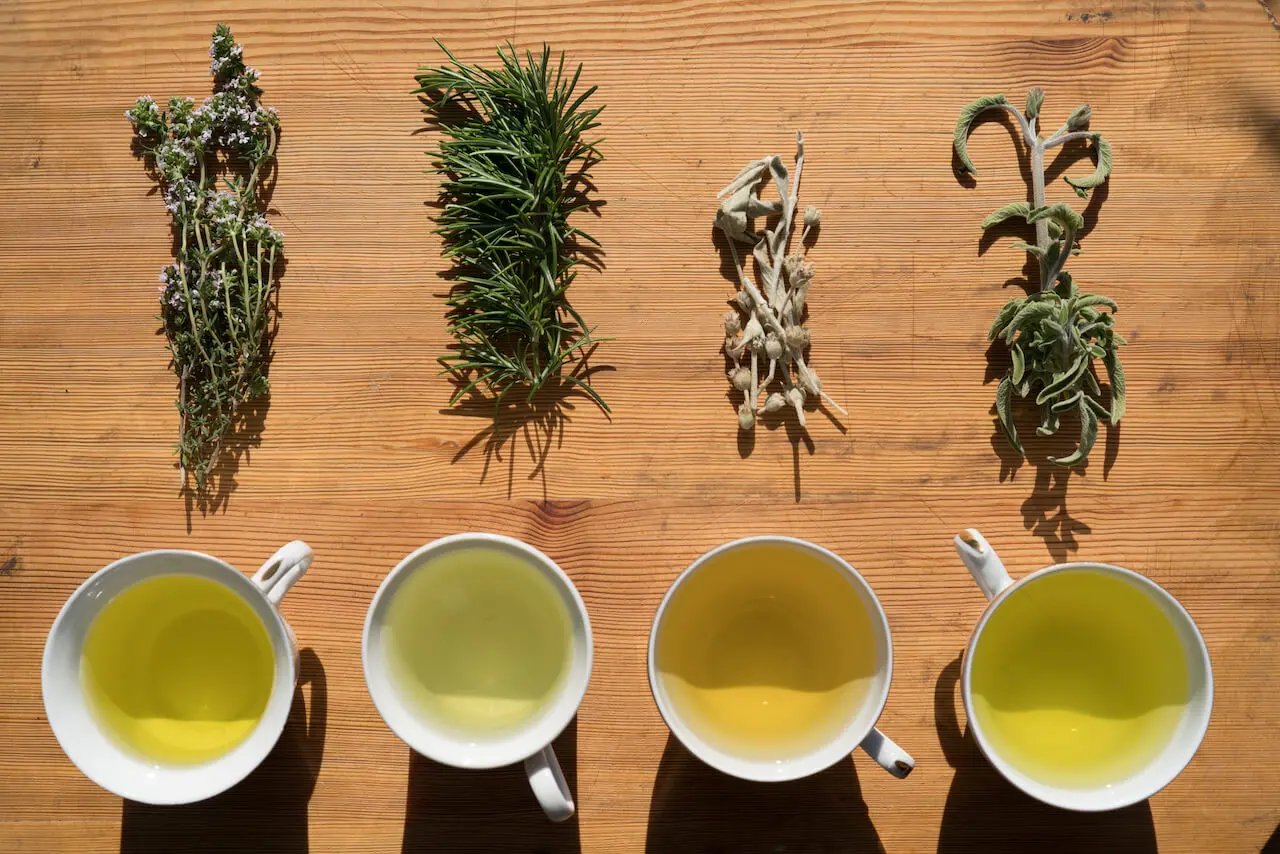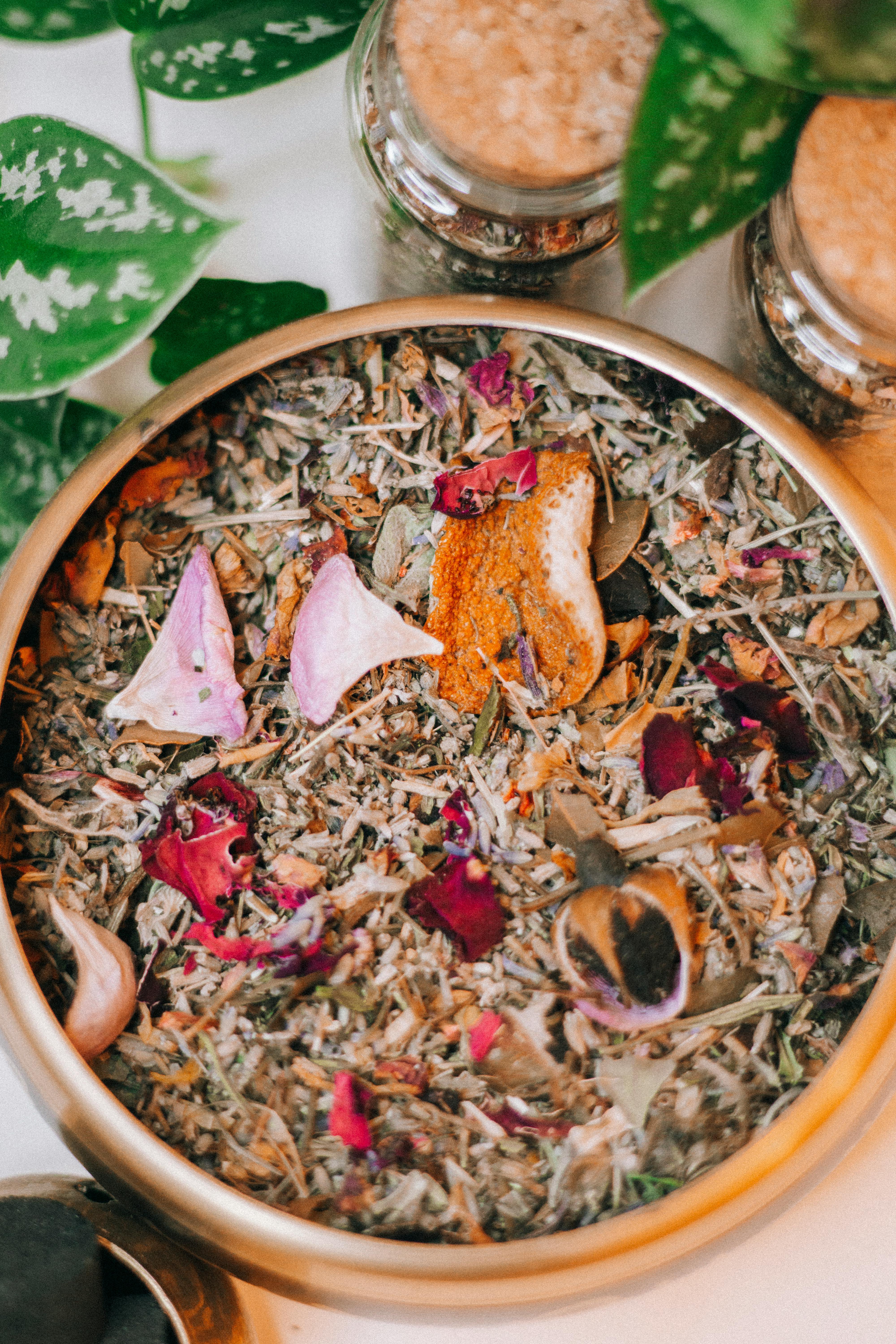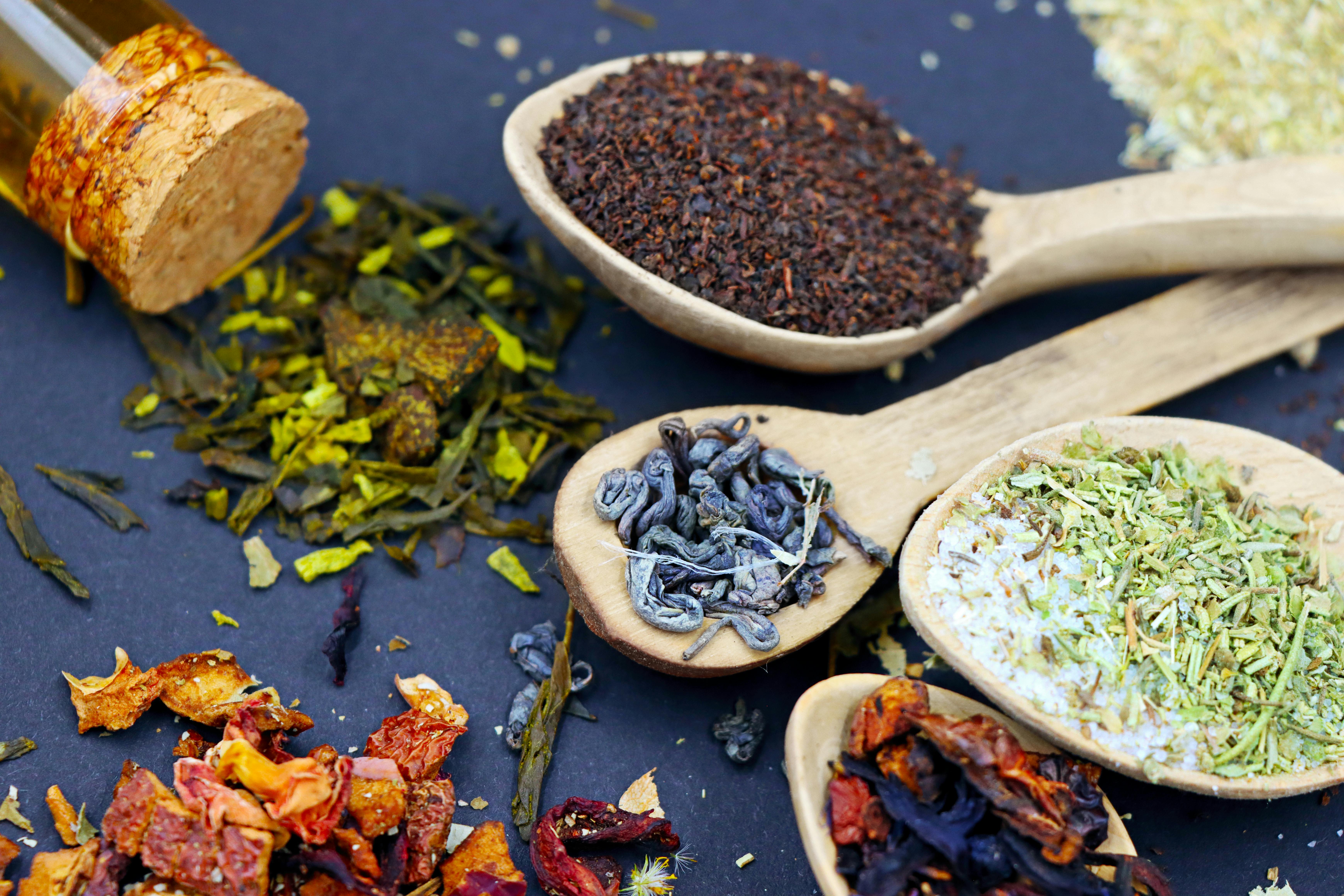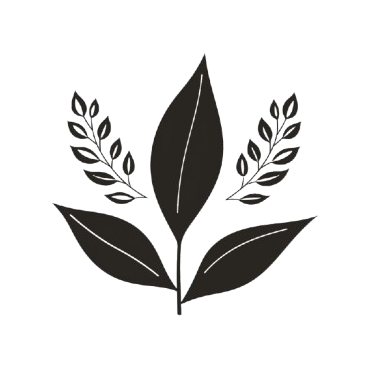Should herbal teas be called ‘teas’? This question has sparked lively discussions among tea enthusiasts, herbalists, and casual consumers alike. As we venture through the world of herbal infusions, we will delve into definitions, cultural perspectives, historical contexts, health benefits, legal definitions, consumer perceptions, culinary practices, scientific insights, environmental impacts, and expert opinions surrounding this intriguing topic.
Definition of Herbal Teas vs. Traditional Teas

When pondering whether herbal teas should be called ‘teas’, one must first consider the fundamental distinctions between herbal teas and traditional teas. Traditional teas, such as black, green, white, and oolong, are derived from the Camellia sinensis plant. In contrast, herbal teas encompass a vast array of botanical ingredients that do not originate from the tea plant.
What Constitutes Traditional Tea?

Traditional teas have a rich heritage steeped in centuries of cultivation and preparation. These teas are produced using the leaves, buds, and stems of the Camellia sinensis plant, which undergo various processing methods. The distinct oxidation levels impart unique flavors, aromas, and characteristics to each type of traditional tea.
The categorization of traditional teas is often based on their processing methods. For instance, black tea is fully oxidized, resulting in a robust flavor, while green tea is minimally processed to retain a fresh and grassy taste. Oolong tea falls somewhere between these two extremes, undergoing partial oxidation, leading to a diverse range of flavors.
Understanding Herbal Teas
Herbal teas (or tisanes) differ significantly from traditional teas, as they are crafted from an eclectic mix of herbs, spices, flowers, fruits, and other plant parts. Common ingredients include chamomile, peppermint, hibiscus, rooibos, and countless others, offering a wide array of flavors and potential health benefits.
Unlike traditional teas, herbal teas often lack caffeine and can be enjoyed at any time of day. The versatility of herbal ingredients allows for creative combinations tailored to personal tastes, making herbal teas popular among those seeking alternative beverages to traditional teas.
Key Differences
The primary distinction lies in the source of the ingredients: traditional teas come exclusively from the tea plant, while herbal teas utilize a diverse range of botanicals. This fundamental difference raises questions about the classification of herbal teas as “teas” and sets the stage for a broader discussion on how these beverages are perceived culturally and historically.
Cultural Perspectives on Tea Classification

Cultural perspectives play a significant role in shaping our understanding of what constitutes tea. Various cultures have developed unique definitions and classifications for tea, influenced by geography, tradition, and social practices.
The Chinese Perspective
In China, the term “tea” is often reserved for beverages derived from the Camellia sinensis plant. The Chinese tea ceremony is steeped in tradition, with specific rituals dedicated to brewing and serving traditional teas. Herbal infusions may be enjoyed, but they are generally considered separate from the tea category.
From a Chinese cultural standpoint, the characteristics of traditional teas are celebrated for their historical significance, aesthetic appeal, and health benefits. The focus on Camellia sinensis encourages a deep appreciation for terroir, craftsmanship, and seasonal variations in flavor profiles.
Western Perspectives
Conversely, Western cultures tend to adopt a more inclusive approach to tea classification. The term “tea” has expanded to encompass various herbal infusions, reflecting a more casual and exploratory attitude toward beverage consumption. This perspective promotes creativity in blending flavors and encourages experimentation with different ingredients.
In many Western countries, herbal teas are widely marketed and readily available, contributing to their popularity. Consumers may not always differentiate between traditional and herbal teas, leading to an increasingly blurred line in their perceptions of what constitutes a “tea.”
Global Practices
As globalization continues to shape cultural exchanges, the classification of tea becomes even more complex. Different regions may blend their traditions with influences from other cultures, leading to new interpretations of herbal and traditional teas.
This evolving dynamic invites consumers to explore and redefine their own relationships with tea, regardless of its origins. The growing acceptance of herbal teas in societies traditionally focused on Camellia sinensis illustrates the fluidity of cultural definitions and the ongoing dialogue surrounding this beloved beverage.
The History of Herbal Infusions

To better understand why herbal teas hold a unique position in beverage culture, it’s essential to explore their historical context. Herbal infusions have been consumed for millennia, with roots tracing back to ancient civilizations.
Ancient Civilizations and Herbal Remedies
From the earliest days of human civilization, people have relied on botanical ingredients for nourishment, healing, and ritualistic purposes. Ancient Egyptians, Greeks, and Romans utilized various herbs for their medicinal properties, often brewing infusions to address ailments and promote wellness.
In Chinese medicine, herbal infusions were integral to therapeutic practices. Traditional Chinese Medicine (TCM) emphasizes the balance of Yin and Yang, and herbal remedies are prescribed to restore harmony within the body. This holistic approach laid the groundwork for a deep-rooted appreciation of herbal teas across generations.
The European Renaissance and Herbal Teas
As exploration and trade flourished during the European Renaissance, herbal teas gained popularity among European aristocrats and physicians. The Columbian Exchange introduced New World plants, such as chamomile and peppermint, to European palates, further diversifying herbal infusion options.
By the 17th century, herbal teas were being promoted for their health benefits, often served in fashionable salons and apothecaries. The growing trend contributed to the establishment of herbalism as a respected field, with practitioners advocating for the use of botanicals to enhance well-being.
Modern-Day Herbal Infusions
Today, herbal teas continue to evolve, driven by global interest in wellness, sustainability, and cultural diversification. The rise of health-conscious consumers has led to increased demand for organic and ethically sourced herbal tea products.
Innovative blends crafted by artisans and companies alike celebrate the myriad flavors and health benefits of herbal ingredients, appealing to a broad audience. This evolution underscores the enduring legacy of herbal infusions and their rightful place within the larger conversation about tea.
Health Benefits of Herbal Teas: A Comparison
One of the most enticing aspects of both herbal and traditional teas is their potential health benefits. The comparison of these two categories highlights their respective strengths and offers insights into how they can complement a healthy lifestyle.
Traditional Tea Health Benefits
Traditional teas are often lauded for their antioxidant properties, attributed primarily to polyphenols found in the tea plant. These compounds may help combat oxidative stress, reducing the risk of chronic diseases such as heart disease and cancer.
Green tea, in particular, has garnered attention for its purported weight management effects and potential cognitive benefits. Research suggests that the catechins present in green tea can enhance metabolism and improve brain function, making it a favorite among health enthusiasts.
Herbal Tea Health Benefits
On the flip side, herbal teas offer a diverse range of health benefits based on their specific ingredients. Each herb carries unique properties, from calming chamomile known for promoting relaxation to invigorating ginger renowned for its digestive support.
Certain herbal teas may also possess anti-inflammatory, antimicrobial, and immune-boosting qualities. For example, the hibiscus flower has been linked to lower blood pressure levels and improved cardiovascular health, while echinacea is commonly used to ward off colds and respiratory infections.
A Holistic Approach to Wellness
While both traditional and herbal teas provide valuable health benefits, they offer different pathways to wellness. Many individuals find success in incorporating both types into their routines, allowing them to experience the best of both worlds.
Ultimately, the choice between herbal and traditional teas may depend on individual preferences, health goals, and personal taste. This diversity highlights the beauty of tea culture and the myriad ways it can enrich our lives.
Legal Definitions of Tea and Herbal Products

The classification of tea, particularly when considering whether herbal teas should be labeled as “teas,” brings forth important legal considerations. Regulations and definitions vary by country and institution, influencing product labeling and consumer perceptions.
Regulatory Bodies and Definitions
In the United States, the Food and Drug Administration (FDA) provides guidelines for labeling food and beverage products, including tea. According to the FDA, the term “tea” refers specifically to brewed beverages created from the leaves of the Camellia sinensis plant.
Similarly, the European Union has established regulations regarding the labeling of teas and herbal infusions. In some cases, herbal products may be classified as food supplements or herbal medicines rather than traditional tea, impacting their marketing and distribution.
Implications for Consumers
These legal definitions can lead to confusion among consumers who seek herbal teas under the umbrella of traditional tea. The rigid definitions imposed by regulatory bodies may limit consumer access to some herbal products marketed as teas, despite their popularity and demand.
Furthermore, the legal landscape surrounding herbal drinks can create challenges for producers, especially small-scale herbalists and entrepreneurs who strive to create unique blends. Navigating these regulations requires careful consideration of how products are described and presented to consumers.
The Need for Clarity and Transparency
As the herbal tea market continues to grow and diversify, there is a pressing need for clarity in terminology and labeling. Advocating for transparency ensures that consumers can make informed choices and fosters trust between producers and consumers.
Defining herbal teas more inclusively may lead to a better understanding of the vast range of flavors, health benefits, and cultural meanings associated with these beverages. The ongoing discourse around classification invites consumers and industry leaders alike to engage with the topic actively.
Consumer Perception: Should Herbal Teas be Considered Tea?

Consumer perception plays a vital role in how herbal teas are regarded within society. The question of whether herbal teas should be classified as “teas” prompts a closer examination of consumer beliefs and attitudes.
Market Trends and Preferences
Recent market trends indicate a growing interest in herbal teas, driven by health consciousness and natural alternatives. As consumers become more aware of the potential benefits of herbal infusions, they increasingly appreciate their flavor profiles and versatility.
Moreover, the accessibility of herbal teas—often found in grocery stores, cafes, and specialty shops—contributes to their popularity. Many consumers now purchase herbal teas alongside traditional varieties, blurring the lines between categories.
The Rise of Creative Blends
The advent of artisanal herbal blends has also shifted consumer perceptions. Innovative combinations that fuse traditional tea elements with herbal ingredients challenge the conventional notion of what constitutes tea. These creative approaches invite consumers to explore uncharted territories of flavor and experience.
As consumers embrace non-traditional combinations, they cultivate a sense of curiosity about herbal teas, encouraging conversations about their classification. The democratization of tea culture empowers individuals to define their preferences, regardless of established norms.
The Role of Education
Education plays a crucial role in shaping consumer perceptions of herbal teas. Increased awareness of the differences between traditional teas and herbal infusions equips consumers with knowledge that informs their choices.
Workshops, tastings, and educational resources allow enthusiasts to deepen their understanding of herbal teas, fostering appreciation for their unique properties. This engagement contributes to a shared narrative that acknowledges the validity of herbal teas within the broader context of tea culture.
Herbal Teas in Culinary Practices

Herbal teas extend beyond the realm of beverages; they have made their mark in culinary practices too. The diverse flavors and aromatic qualities of herbal teas open up exciting possibilities for culinary exploration.
Infusing Culinary Creations
Herbal teas can serve as bases for soups, sauces, dressings, and marinades, imparting depth and complexity to dishes. For instance, rooibos tea can lend a delicate sweetness to braised meats, while mint-infused teas can elevate refreshing summer salads.
Chefs and home cooks alike experiment with herbal teas to create unique flavor profiles, transforming traditional recipes into innovative culinary experiences. The versatility of herbal teas encourages creativity, inviting individuals to explore unexpected pairings.
Herbal Teas in Desserts
Herbal teas also shine in dessert applications. From herbal-infused ice creams to tea-based cakes, these creations showcase the delightful marriage of flavor and nostalgia. Lavender-infused herbal teas can add a floral note to cookies, while chamomile can provide a gentle earthen quality to panna cotta.
The infusion of herbal teas into desserts resonates with consumers’ desires for holistic and flavorful experiences. As awareness of herbal teas grows, so does their presence in kitchens worldwide.
Cultural Significance
Beyond their culinary applications, herbal teas carry cultural significance in various cuisines. Many cultures incorporate herbal infusions into their traditional dishes, celebrating the flavors and histories behind them.
By embracing herbal teas within culinary practices, chefs and home cooks alike pay homage to the rich tapestry of tea culture. The acknowledgment of herbal teas as legitimate components of a meal reinforces their status as more than just beverages.
The Science Behind Herbal Ingredients

An exploration of herbal teas would be incomplete without delving into the science behind the botanical ingredients that compose these delightful infusions. Understanding the phytochemical properties of herbal ingredients enriches our appreciation of their diverse benefits.
Phytochemicals and Their Effects
Phytochemicals are naturally occurring compounds found in plants that contribute to their color, flavor, and aroma. Many herbal ingredients boast specific phytochemicals associated with potential health benefits. For example, flavonoids, commonly found in chamomile and hibiscus, exhibit antioxidant properties that may help combat inflammation.
Research has shown that certain phytochemicals can have therapeutic effects on the body, supporting digestion, reducing anxiety, and promoting overall wellness. By studying the unique profiles of various herbs, scientists can uncover the mechanisms behind their health benefits.
Quality and Sourcing of Herbal Ingredients
The efficacy of herbal teas heavily relies on the quality and sourcing of the ingredients. The integrity of the plant material affects the concentration of beneficial compounds, highlighting the importance of sustainable farming practices and ethical sourcing.
Organic and locally-sourced herbs often yield superior results, ensuring that consumers receive the maximum potential health benefits. As awareness of these factors grows, it drives demand for high-quality herbal tea products, fostering a culture of conscientious consumption.
Future Research Directions
Continued research into the science of herbal ingredients holds promise for expanding our understanding of their potential applications in health and wellness. As scientists explore novel extraction methods, formulation strategies, and synergistic effects of herbal combinations, the herbal tea landscape may evolve dramatically.
This ongoing scientific inquiry invites collaboration between researchers, herbalists, and consumers, fostering a community committed to advancing the knowledge and appreciation of herbal teas.
Environmental Impact of Herbal Tea Production

As the popularity of herbal teas continues to soar, it is imperative to examine the environmental impact of their production. Sustainable practices within the herbal tea industry can mitigate adverse effects on ecosystems and promote ethical sourcing.
Cultivation Practices
The cultivation of herbal ingredients varies widely depending on the species and region. Some herbs thrive in wild environments, while others require dedicated agricultural practices. The environmental implications of herb cultivation depend on factors such as land use, water consumption, and biodiversity preservation.
Sustainable farming methods, including organic cultivation, crop rotation, and responsible pest management, can minimize the ecological footprint of herbal tea production. By prioritizing ecological health, farmers can ensure the longevity of their crops and the protection of surrounding habitats.
Packaging and Waste Management
The packaging of herbal tea products also contributes to their environmental impact. Single-use plastic packaging poses significant challenges, leading to increased waste and pollution. To foster a more sustainable future, manufacturers are exploring eco-friendly packaging solutions, such as biodegradable materials and reusable containers.
Consumers can play a role in promoting sustainability by choosing brands that prioritize ethical sourcing and environmentally conscious practices. By supporting companies that align with their values, consumers can drive positive change within the herbal tea industry.
Advocacy for Sustainability
In recent years, organizations dedicated to sustainability have emerged, advocating for responsible practices within the herbal tea sector. These groups aim to educate consumers and producers about the importance of sustainability and environmental stewardship.
The collective efforts of consumers, producers, and advocacy groups can catalyze a shift toward more sustainable practices within the herbal tea industry, ultimately preserving the delicate balance of our ecosystems.
Expert Opinions on the Terminology of Herbal Teas

As we draw closer to answering the question, “Should herbal teas be called ‘teas’?“, expert opinions provide valuable insights into the complexities of terminology and classification.
Herbalists and Tea Experts
Herbalists and tea experts often hold differing views on the classification of herbal teas. Some argue that the broader definition of “tea” should encompass herbal infusions, emphasizing their cultural significance and wide-ranging health benefits. Others maintain that traditional teas should retain their distinct identity, arguing for a clear separation in terminology.
The passionate debates among experts reflect the ongoing evolution of tea culture and the need for continued discussions about classification. Engaging in dialogue enables individuals to delve deeper into their understanding of the nuances surrounding herbal teas.
Consumer Insights
In surveying consumer sentiment, it becomes evident that many individuals view herbal teas as valid members of the tea family. The contemporary consumer landscape places less emphasis on rigid definitions and more value on experience and enjoyment.
As consumers advocate for greater inclusivity in terminology, the tea industry may respond by reexamining how it defines and categorizes its products. This consumer-driven dialogue is pivotal in shaping the future of tea culture.
The Path Forward
Ultimately, the discourse surrounding the classification of herbal teas presents an opportunity for innovation and growth. As the herbal tea landscape continues to expand, openness to diverse perspectives and an appreciation for cultural traditions will pave the way for a more vibrant tea community.
Conclusion

In conclusion, the question of whether herbal teas should be called ‘teas’ transcends simple definitions; it encompasses cultural heritage, historical context, health benefits, legal considerations, and consumer perceptions. As we navigate the intricate world of tea culture, it becomes clear that herbal teas deserve recognition and respect within this domain.
The richness of herbal infusions reflects the diverse tapestry of human experience, inviting us to explore flavors, traditions, and health benefits. By embracing inclusivity in the terminology surrounding herbal teas, we can honor the contributions of all herbal ingredients while appreciating the multifaceted nature of tea itself.
As the dialogue continues, let us celebrate both traditional and herbal teas—each offering unique experiences that enrich our lives and connect us to the world around us. Whether sipped alone or shared with friends, the beauty of tea lies in its ability to foster connection, health, and exploration in every cup.
